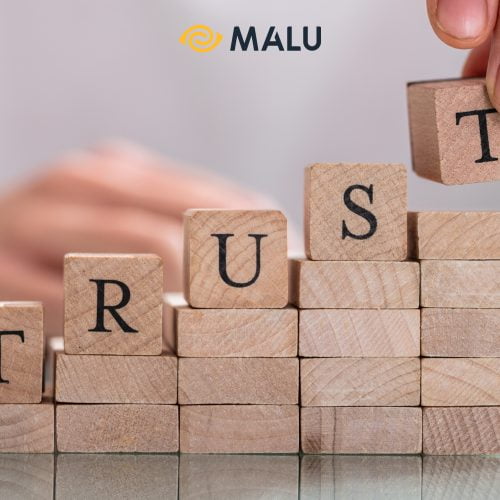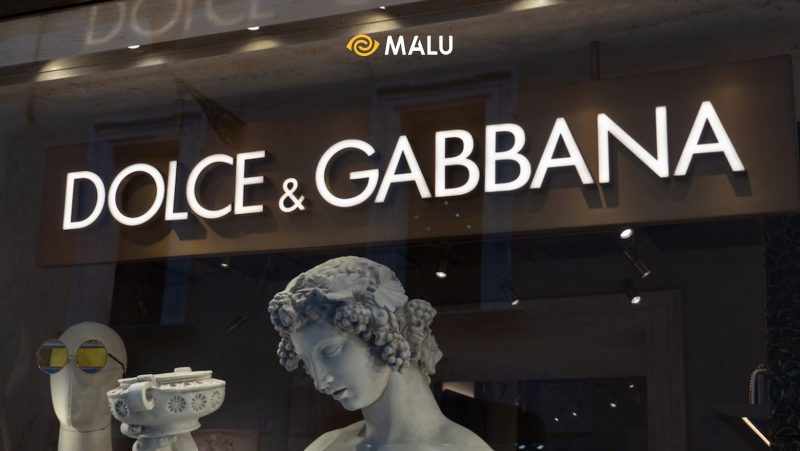
Among us, we all want to overcome all the pressure when a crisis hits. With brands, too, crisis management is one of the most important skills, if not a way for you to show your ability in the profession of Branding and Marketing.
In the last few months, we have seen many popular brands encounter a wave of criticism around the globe. Look at Uber, they lost 200,000 users of their app , just because of the #DeleteUber crisis. Or United Airlines, for example, their brand value “faded” to $800,000 within a few hours.
Clearly, the way businesses respond to situations like these reflects their crisis management strategy.
>>> 13 Famous Brands Rebranded Over the Years
Mục lục bài viết
ToggleSo, what is Brand Crisis Management?
According to Shift Communications, it is defined as follows:
“Imagine your business crisis as putting out a fire. Generating a flame requires three things to ignite: heat, fuel (oil, gasoline), and a catalyst (like oxygen). Taking away any of the three elements above will not cause a fire.
The same goes for crisis management: The cause of the incident (heat); public outcry (fuel), and the speed at which businesses respond to the crisis (catalysts, or how you put out a fire).”
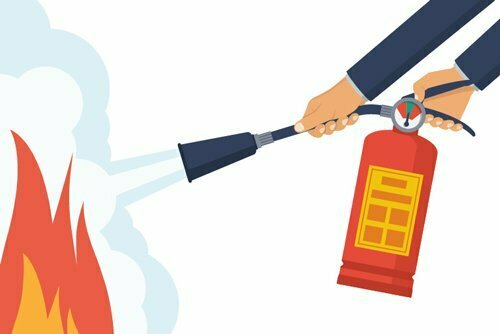
Here’s how to handle the crisis from five famous global brands, in moments like these. Is your brand strong enough to withstand the angry waves of the crisis that keep rolling in? If you are hesitant, see how experts in the field solve problems. Who knows, you will learn many useful lessons later:
>>> Build brand positioning strategy
7 important steps to handling brand crisis:
The crisis in the brand is likened to a big storm, sweeping away 5 years of efforts of enterprises in a very short time. Unlike large enterprises, small and medium-sized companies often lack preparation and do not have a specific plan when faced with a crisis.
Let’s say you own a retail brand and your main product is causing a big problem for customers, how would you handle it? You are running a construction company, and there is a worker’s accident during work, how will the business react?

Before each crisis, business owners need to be aware of how this will affect employees, customers, partners, the public, and the value of the business. Brand crises can come from anywhere, at any time, so a well-prepared plan is what keeps a brand alive.
Here are 7 important steps for brands to handle their crises:
1. Create a Crisis Plan
All plans should have clear goals. The purpose of a crisis plan is to protect individuals and organizations and ensure that business losses are minimal.
This plan details the response actions when the crisis unfolds.
2. Identify the spokesperson
If crises have the potential to negatively impact the health and well-being of customers, they can attract significant press and media attention.
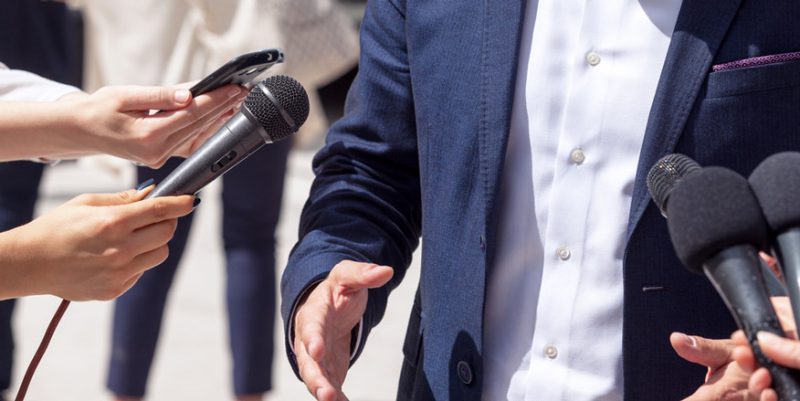
To ensure that a unique message can be accurately conveyed, a brand needs to identify its spokeperson to answer all questions from the press and media related to the crisis.
3. Be honest and open
There’s nothing worse than the media knowing you’re being dishonest, it’s a disaster of rage from everywhere.
Therefore, be as honest and open as possible in handling the crisis. This can quickly help you regain trust from your customers as well as the media.
>>> Brand Trust – Building Brands From Customers’ Trust
4. Still operating
Make sure the crisis does not affect the morale and performance of the people in the business. Minimizing true rumors, regularly providing the most up-to-date information to employees in the enterprise through channels: internal newsletters, social networks, direct speeches from leaders, etc.
5. Keep interaction with customers and partners
You don’t want your customers and partners to receive only one-way information from the media. The official information about the brand crisis must come from the company itself first.

In the communication plan to handle the crisis, it is extremely important to keep the interaction with customers and partners, they must be updated continuously and throughout.
6. Update information early and often to the public
Sometimes, it is better to communicate a lot of information than to keep quiet and let the rumors come automatically. Therefore, please continuously update the actions of the business side during the crisis handling process to the public.
Remember that we live in the 4.0 era where everything is updated 24/7. The same goes for dealing with a brand crisis.
7. Don’t forget social media
Set aside an entire team to monitor customer movements on social media, customer attitudes, how they interact and respond to crises.
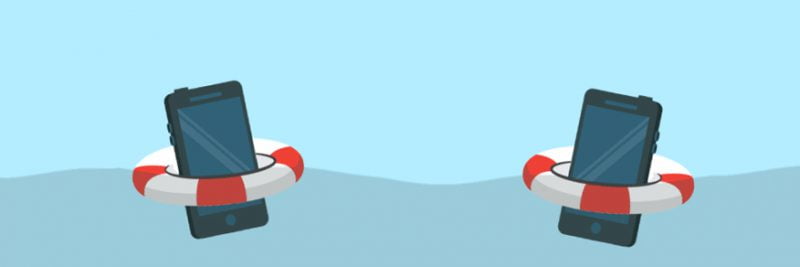
A crisis without proper handling will blow away all the efforts of the business for many years. Therefore, prepare the defense plans for your brand right now.
Case study of brand crisis:
Here are some good examples of the crises big brands face in real life. The common point of these businesses is: The core issue of each case study is related to the ethical aspect of the business, or the ethics of the marketing campaigns that businesses have implemented.
>> Ethical Marketing – Building ethics in business
#1. Uber:
In 2017, Uber, from the most admired business in the world, plunged into the abyss in just a few months. This popular ride-hailing application immediately became the focus of all attention when it was announced that Travis Kalanick, CEO of the group, is one of the senior advisers to US President Donald Trump.
Of course, this heats up the public face. The hashtag #DeleteUber spread rapidly on social networks. Under strong public pressure, Kalanick was forced to give up his advisory seat in the federal government.
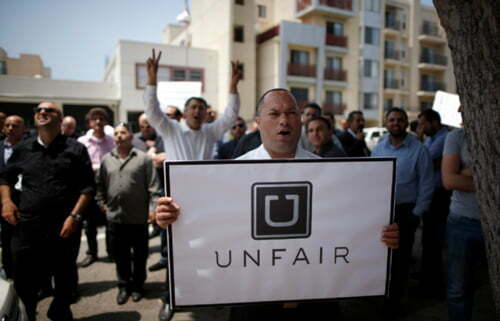
In February 2017, in the midst of the strike of the American Taxi Association to protest against President Trump’s immigration policies, Uber drivers were still seen at JFK International Airport. (New York).
Right in the midst of boiling water, former Uber employee Susan Fowler Rigetti stood up to denounce the sexual harassment she had to endure while she worked at the business. Kalanick had to set up an internal investigation team for the above allegation. But, investors do not seem to be very optimistic about Uber’s handling of the flood of scandals.
The peak of the wave of protests only happened, when a video of the Uber boss angrily arguing with a driver in the car about Uber fare, was spread online. Kalanick had to speak out in front of the public, through an official statement with the content: “I admit that I need to change to grow up and become a proper leader.” But for Uber customers, enough is enough.
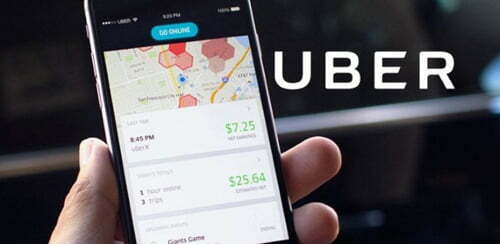
At the same time also witnessed the cult lawsuit of Google against Uber. The Silicon Valley giant accused Uber of stealing self-driving car technology from the company, specifically from Google’s dedicated department, Wayno. The course of the lawsuit is going in the wrong direction for Uber.
In addition, Uber’s development of the Greyball program to “evade” authorities in objectionable corporate markets, also caused many senior Uber officials to be implicated and forced to resign.
How Uber manages the crisis:
So how does Uber deal with the overlapping layers of scandals that are appearing before their eyes? While the company constantly makes relevant statements to ease the pressure, there is an undeniable fact that Uber’s mistakes are piling up day by day. The lack of transparency within the company is the crux of the problem.
A letter from the CEO will not solve anything if Uber itself does not show the public that they are trying to come up with clear actions and actions to solve the problem.
>>> Case Study: Uber Rebrand
#2. Cracker Barrel
In February 2017, Bradley Reid, a very ordinary man, posted a question on the official website of the Cracker Barrel restaurant chain (USA), why his wife, Ms. Nanette, was fired in where she devoted 11 years of her youth to hard work.
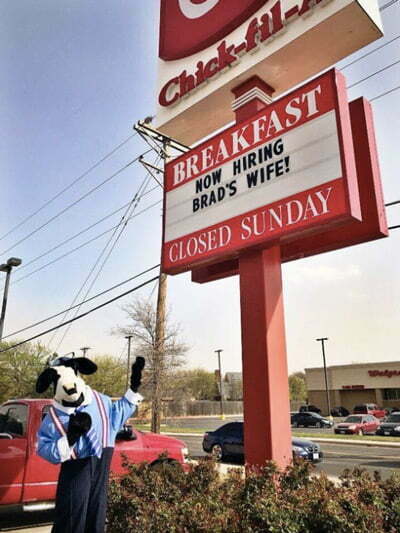
The incident immediately attracted public attention, the hashtag #JusticeforBradsWife (rough translation: Justice for Brad’s wife) spread throughout the cave and alley on social networks. An appeal for justice for Ms. Nanette on Change.org has received more than 17,000 signatures.
Cracker Barrel’s rival is also quick to “drift the water”, as in the advertising campaign of the competing restaurant chain Chick-fill-A, which reads: “Currently hiring Brad’s wife!” (“Now Hiring Brad’s Wife!”).
How Cracker Barrel Crisis Management:
The Cracker Barrel restaurant does not consider the above incident as a media crisis: They keep a silent attitude, and do not “say” a word about the incident.
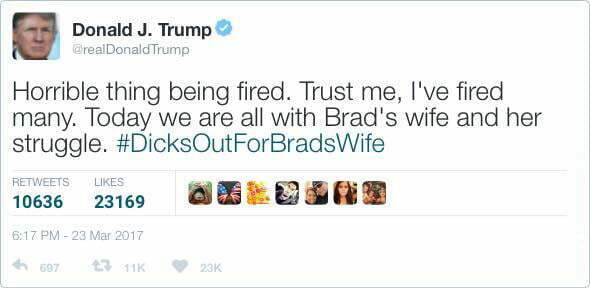
Although you can still see the hashtag #NotMyCountryStore (a parody of the company’s slogan “Old Country Store”) on the media, the anger of the public has gradually subsided. Based on recent data, the situation is still pretty good for Cracker Barrel.
Drawing great lessons from Cracker Barrel, many large businesses have used Employer Branding (or Employer Branding) to manage their brands.
#3. Chipotle
In July 2015, fast food chain Chipotle suffered a terrible crisis related to E. coli. It started in the Northwestern United States, then spread to the rest of the states. The incident caused the company’s profit to drop by 82% over the same period. As a result, the company’s stock value also decreased by 15%.
To make matters worse, a senior company official was arrested for cocaine possession, and more than 10,000 workers sued the company for unpaid wages.
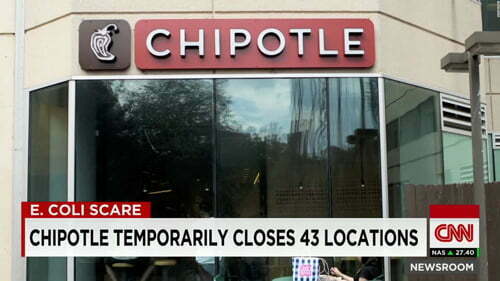
How Chipotle manages a crisis:
Chipotle is famous for its controversial handling of crises. In the midst of the crisis in 2015, co-CEO Monty Moran, standing before the company’s shareholders, spoke strongly:
It is unusual and unorthodox that the CDC (US Centers for Disease Control and Prevention) announced the first case of E. coli infection in the Northwest (Chipotle is highly active in the Northwest of America (nd )).
That must be because the media likes to write sensationalist articles, even if someone just sneezed. Oh and that, ‘it’s E. coli from Chipotle’
Although the CEO’s words show his upright nature, it is not a way to win public opinion, even quite “touching”. A few days later, the CEO himself had to publicly apologize to millions of television viewers in the US, saying: We promise to follow all strict control procedures to bring you safe food. most complete”.
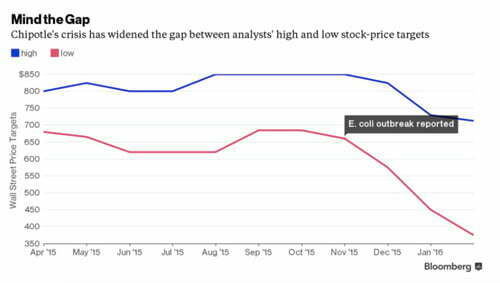
A bold promise for a business that has suffered a lot in terms of food quality, but it actually paid off: After the public keynote, Chipotle stock jumped 5% in value.
2017 saw the departure of CEO Monty Moran as a foretold move. However, Chipotle’s image has improved a lot after tough and timely actions from the company’s management.
#4. Pepsi
Pepsi’s nightmare of brand crisis began in April 2017, when they launched a new media campaign with the participation of Kim’s famous sister, Kendall Jenner. Within 48 hours, the promotional clip attracted 1.6 million views on YouTube.
It sounds harmless, but the content of the ad contains many unpredictable things. The video shows a famous star taking part in a fashion shoot. Suddenly she stopped, mingling with the crowd of protesters. The clip’s climax is when she hands the officer a can of Pepsi. Of course, the two gave each other a passionate hug – proof of reconciliation, and enjoyed Pepsi together, as if there had never been a protest.

Pepsi’s ad immediately faced heavy criticism from the public, linking the clip content with irony for the campaign for equal rights for people of color in the US.
Pepsi’s Crisis Management:
Pepsi was quick to explain about the content of the clip: “This ad shows people from different life situations, suddenly connecting together in a common joy. We think that is the important message that Pepsi wants to convey.”
However, less than 24 hours later, Pepsi immediately removed the promotional clip and terminated the relevant marketing campaign. In a second statement about the incident, Pepsi added: “Pepsi has strived to deliver a global message of unity, peace and mutual understanding. But we didn’t, and we apologize for that.”
This is the expected response from Pepsi every time there is any offensive advertising campaign, but it also takes a considerable amount of time for the brand to get through this terrible crisis.
#5. United Airlines
In early 2017, social media stirred up news that two teenage guests were banned from boarding a United Airlines plane because of the leggings they were wearing. The crisis quickly escalated as nearby passengers tweeted about the incident.
Instead of apologizing, United took drastic counteractions, saying: They only adhere to the set ethical standards, It sounds reasonable, but this is not a terrible way to handle the situation. properly panic.

However, this incident pales in comparison to the crisis a few weeks later. A video has captured an elderly passenger being forced out of a flight by the rough actions of airline staff.
The reason was later clarified that the flight was overloaded with passengers, and the unfortunate passenger was forced to leave the plane. But what is worth discussing here is that the aforementioned guest has already paid for the ticket in full, and there is no reason why he should be kicked out so violently.
How United Airlines managed the crisis:
Instead of apologizing to the injured passenger and focusing on saving the brand’s image, the airline’s CEO, Oscar Munoz, defended the crew and coldly “distracted public opinion” into the matter of arrangement. passenger’s seat position in an overcrowded flight.

As a result, the brand value of United Continental, the parent company of United Airlines, dropped by $800 million. Slowly, Oscar was forced to apologize to the public, in order to save the brand, but the public has not completely forgiven the company.
The elderly passenger suffered multiple injuries, including brain damage, two broken front teeth and a broken nose. United are fortunate not to have to face more damaging lawsuits.
It can be said that time will be the most valuable thing for United Airlines on the way to regaining customer trust. But there will be damage that this airline cannot fix, no matter how hard it tries.
#6. Chipotle
Established in 1993, Chipotle has grown to become one of the most popular fast-casual restaurants. This is the type of restaurant that successfully balances the convenience of fast food with the quality of a casual restaurant.
However, Chipotle’s development was not easy. In the three years from 2015 to 2018, the company faced reports that consumers contracted E.coli bacteria and rotavirus causing vomiting after eating Chipotle. These scandals damaged the company’s reputation for a while, but the restaurant was able to restore consumer confidence and continue to grow.
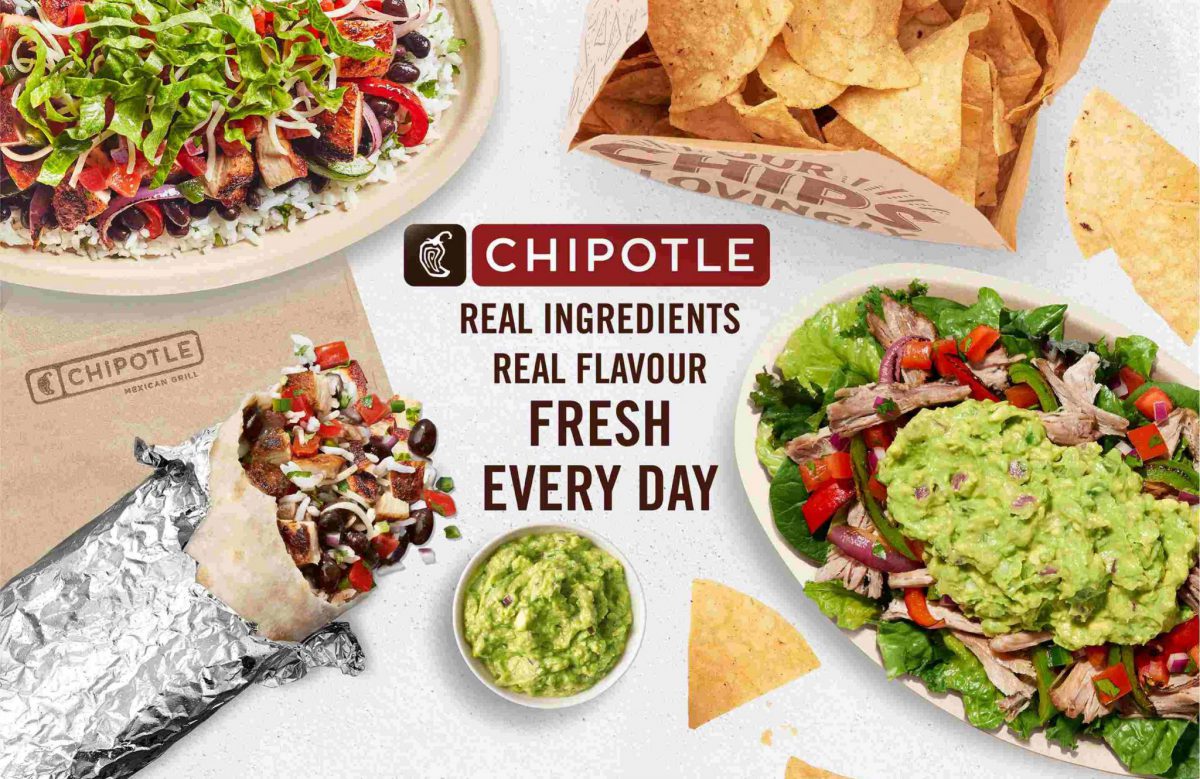
What is Chipotle’s secret? Yes, good food will attract consumers, but most companies will not survive a three-year scandal when more than 1,100 restaurant eaters fell ill. So what did the company do to overcome the scandal?
How Chipotle manages a crisis:
In the late summer and fall of 2015, when reports began to spread of consumers contracting E.coli bacteria after eating at Chipotle, the company quickly mitigated the problem. Reports of illness came from only six locations in Washington state, but the company immediately closed 43 restaurant locations in the Pacific Northwest.
Shares of Chipotle fell when the company announced plans to close branches, but the company hasn’t changed course. As Chipotle spokesman Chris Arnold stated at the time: “Investigating the illness is a top priority.”

For a short time, it seemed that the diseases were confined to a few locations. Then, in early 2016, new reports of consumers falling ill appeared. Chipotle quickly took action again, closing restaurants where outbreaks had been reported. On February 8, 2016, Chipotle closed all locations to hold a company-wide meeting to discuss the implementation of new cleaning procedures. The company also revealed plans to re-evaluate its current food safety practices.
Chipotle has been proactive in responding to outbreaks. Instead of responding to consumer complaints, the company immediately launched a drastic plan to combat the food safety issue.
Between November 2015 and February 2016, the company’s stock plummeted more than 30%. Despite increased pressure from investors, Chipotle kept its original plan to close restaurant locations until reports of the illness could be investigated further.
A clear plan
As the company moved to close restaurant locations, Chipotle management laid out a clear strategy to ensure food safety. As a Motley Fool article explained in 2016, components of the plan include:
– According to the company, DNA-based testing has clear results for many food ingredients before they are shipped to Chipotle locations, far exceeding the requirements of federal and state regulators. state, as well as industry standards.
– Changes to food preparation and preparation such as changes to the way certain items are washed and shredded cheese before going to the store. Additionally, some products will now be blanched – quickly dipped in boiling water and there are new rules for marinating chicken and steaks.
– New internal training on safety standards for all employees.
– Paid sick leave is in place to ensure that sick employees stay home when they are sick.
In addition to these steps, the company is also spending $10 million to help local farms raise food safety standards.
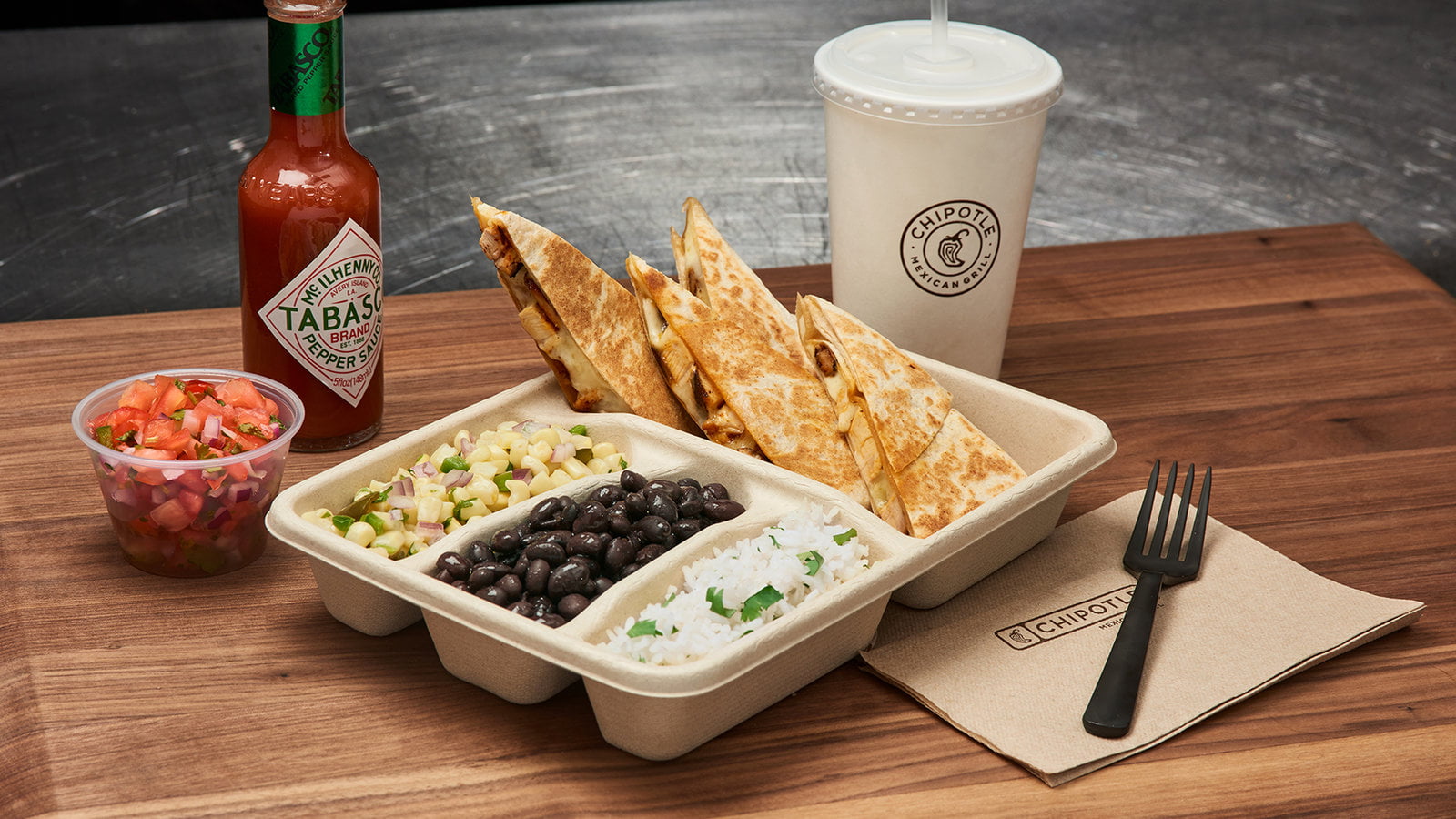
Chipotle’s plan demonstrates the company’s willingness to enhance food safety, clearly demonstrating the company’s desire to make amends. While it took time for the plan to work, Chipotle’s strategic outline minimized the damage and began the slow process of rebuilding consumer confidence.
Comprehensive Marketing Strategy
From 2016 to 2018, Chipotle continued to face recurring allegations of infectious ingredients. These outbreaks slowed the company’s growth, leading to volatility in Chipotle’s earnings and share price.
In early 2019, Chipotle launched a comprehensive marketing strategy to rebrand and emphasize the restaurant’s reliance on fresh ingredients. The company changed its tagline from “As Real As It Gets” to “For Real”. In addition to the new tagline, the company has released a marketing campaign called “Behind the Foil”.
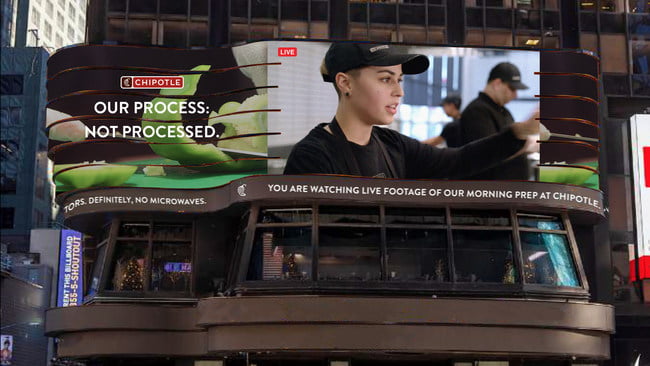
In addition to filming the commercial, the brand displayed all 51 of its ingredients on a billboard in Times Square. The company also began streaming morning food prep from a restaurant location to a large screen at Woodbury Town Center in Irvine, CA.
The ad campaign was a success, garnering a positive response from Generation Z and Millennial consumers. Chipotle’s profits began to rise and the company’s stock skyrocketed. Just four months after starting the campaign, Chipotle is the fastest-growing company on the S&P 500 list.
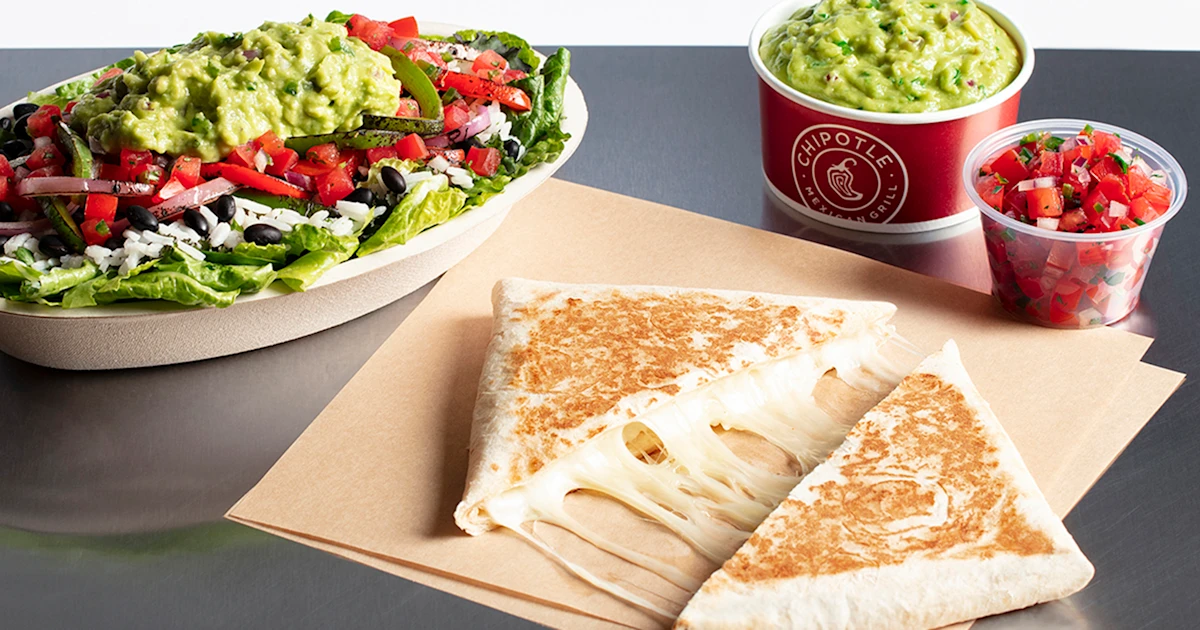
Chipotle’s recovery from three years of food safety scandals has taken a long time. Even in 2020, the company still has to pay millions of dollars to settle lawsuits as a result of the impact on health.
But Chipotle’s success is obvious. The company has seen incredible growth in 2020, reaching consumers during a time when many restaurants are struggling. On March 1, 2020, Chipotle’s stock price was at $654.40 per share. Now, a year later, the company’s stock price is more than $1,440 per share.
The lessons we can learn from Chipotle are simple. Against the backdrop of great risk, the company took three important steps. First, they drastically closed the restaurants. Next, they quickly develop a plan with tangible steps and goals. And finally, they devised a comprehensive marketing plan to demonstrate their commitment to the health and safety of their consumers.
>>> See more articles: Crisis Management Planning & Process
Conclusion on Brand Crisis Management:
Brand crisis management will be a skill that any manager must have. But how to react quickly, transparently and wisely is the story that needs to be discussed.
Just like the story of the fire: If we promptly add extinguishing agents, the fire will quickly be extinguished and the brand’s image will be partly saved. But on the contrary, if we add catalysts like oxygen, or don’t react in time, the fire will get stronger and burn everything.
Malu hopes the five brands mentioned above can be valuable lessons, helping to handle the crises that your business may unfortunately encounter in the near future.



